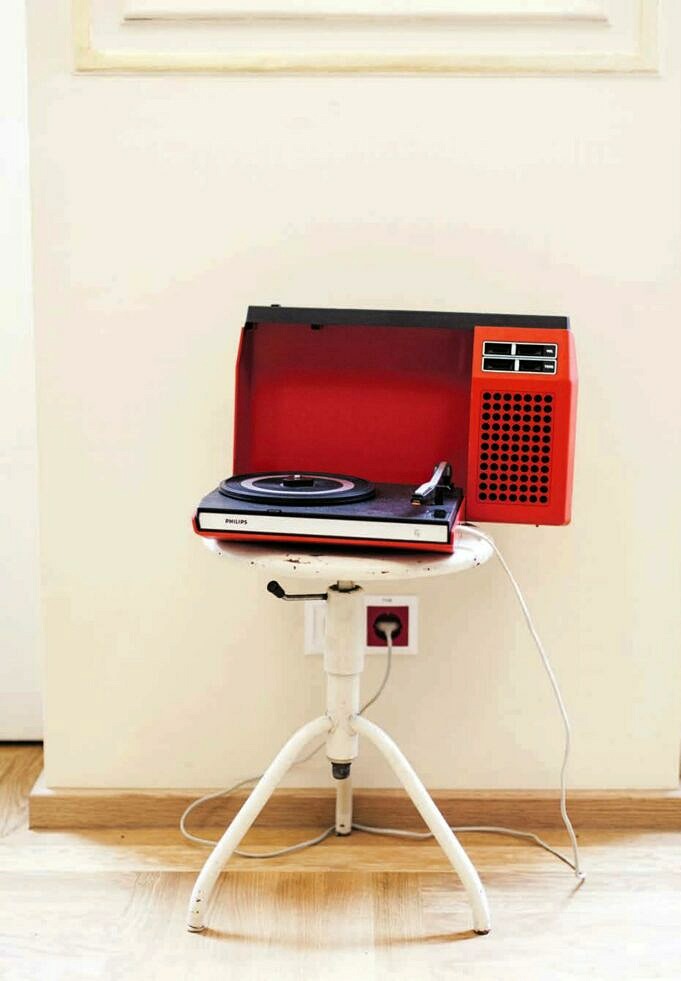Übergroße Skulpturen, Live-Auftritte und haufenweise Glibber bekommen in einer Erweiterung voller Überraschungen die Aufmerksamkeit, die sie verdienen – der 360-Grad-Aussichtspunkt ist Kunst an sich
Das Switch House fühlt sich an, als würde es dazugehören. Die verdrehte, aus dem Gleichgewicht geratene Pyramide der neuen Erweiterung der Tate Modern ist nicht nur für sich genommen großartig, sondern auch in ihrer Wirkung auf den Rest von Herzog & de Meurons ursprünglicher Umwandlung des Bankside-Kraftwerks in eine Galerie für zeitgenössische Kunst im Jahr 2000.
Fifteen years, dozens of major exhibitions, several rehangs and four directors later, all those suns, slides, cracks, sunflower seeds and other weird encounters in the Turbine Hall have made Tate Modern more popular than anyone – including the gallery – could have imagined. While the hope, often expressed, that the Switch House might siphon off some of the main gallery overcrowding may be an illusion, the way we encounter and look at art has changed, and there is an effort here to encourage as well as accommodate live art, the ephemeral and the temporary; art that is as much about people as the things they make.
Beneath the Switch House, in a space formerly occupied by the power station’s oil tanks, five performers are acting out famous artworks, without using any props. A lone woman does the Mona Lisa, with a constipated look and a weak smile. Everyone lies on the floor as Shibboleth, the crevice Doris Salcedo dug into the floor of the Turbine Hall in 2007. Standing together and uttering sonorous moans, they become a living, singing simulacra of Mark Rothko’s Seagram Murals, one of the highlights of Tate Modern’s collection – except they aren’t fuzzy and they are not purple. You need to use your imagination.
Start Haus Architektur Switch House-Rezension Der Tate Modern – Knisternde Kunst, Um Eine Pyramide Anzutreiben
Switch House-Rezension Der Tate Modern – Knisternde Kunst, Um Eine Pyramide Anzutreiben



